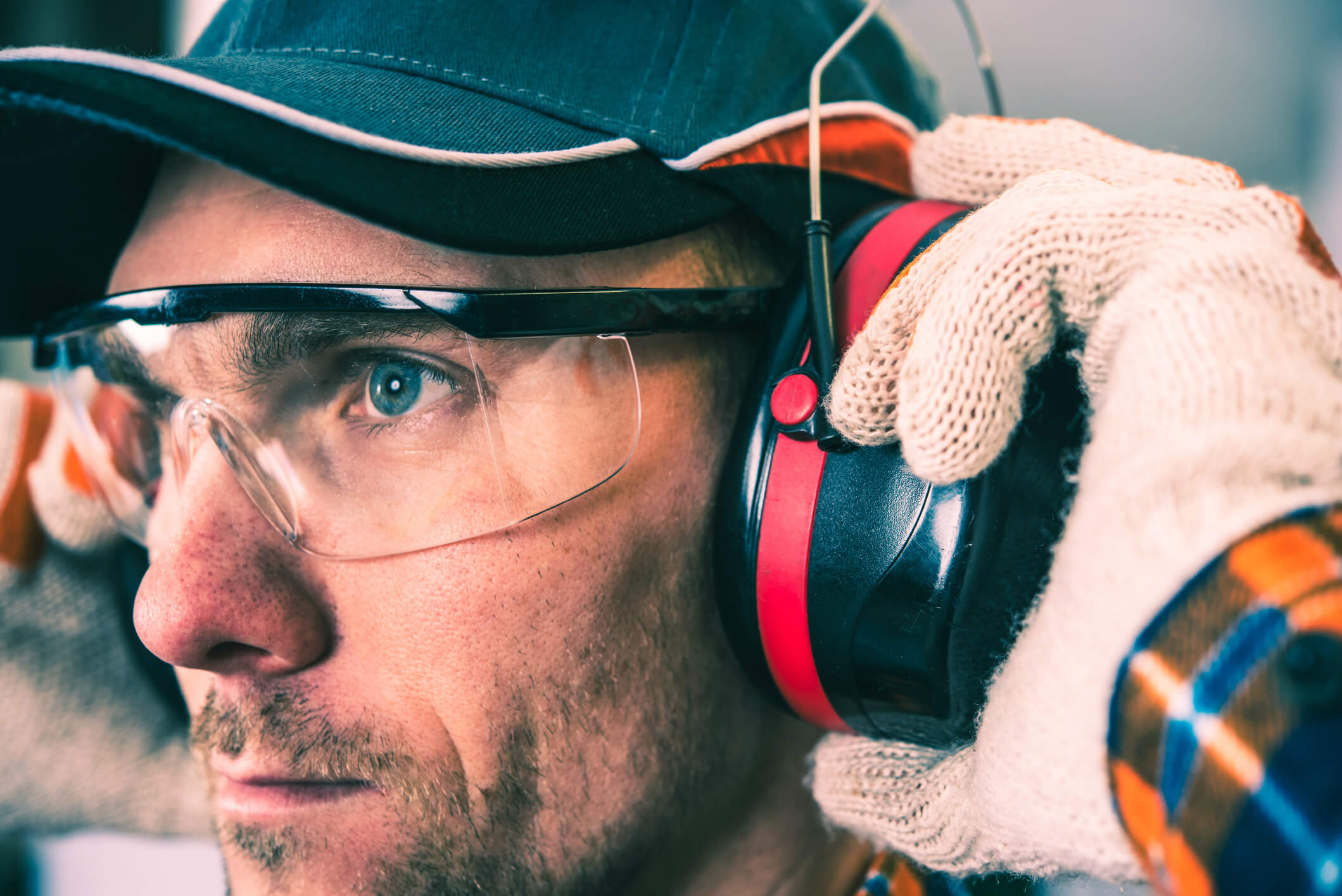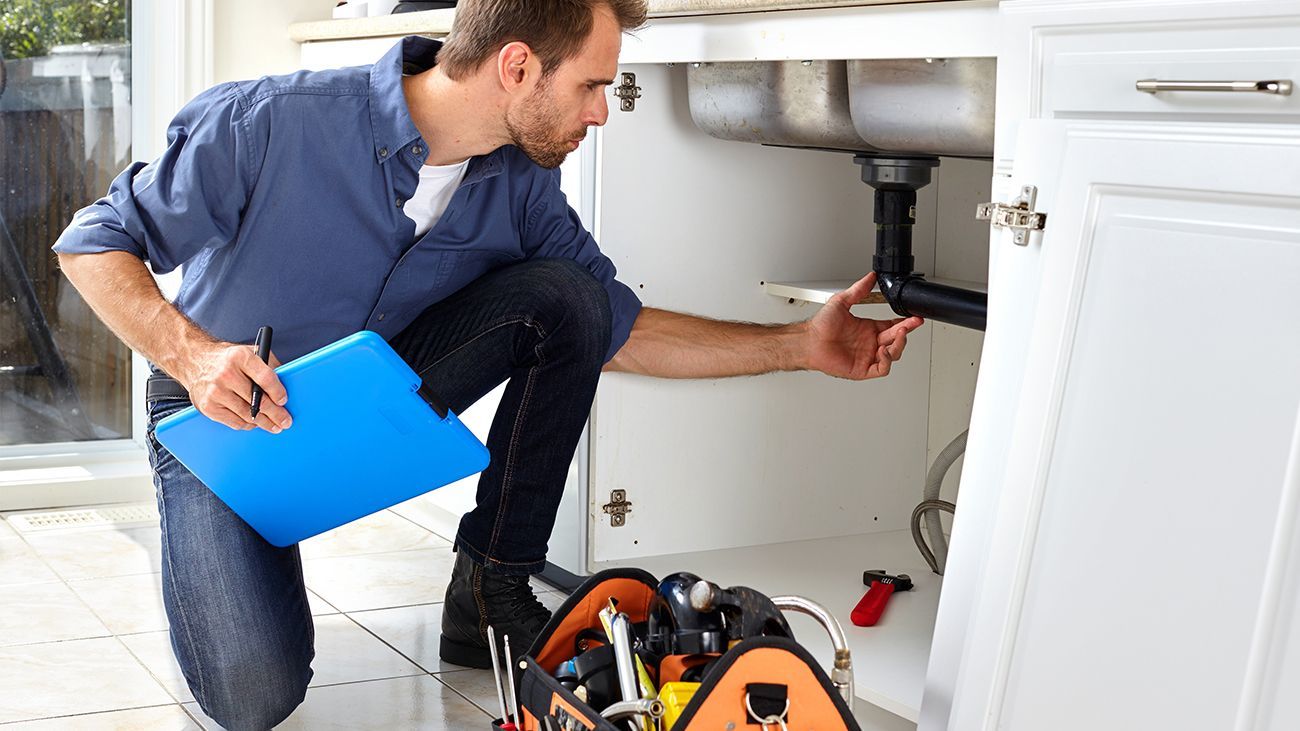Hearing loss is a serious problem that affects millions of people worldwide. One of the most common reasons for hearing loss is exposure to loud noise. Many everyday activities can expose us to dangerous noise levels, from attending concerts to using power tools. Ear protection is an effective solution that can prevent hearing damage and loss. This article will explore everyday activities that require ear protection and provide tips for choosing the right gear, such as peltor earmuffs.
What is noise-induced hearing loss?
Noise-induced hearing loss is hearing damage due to exposure to loud noise. Over time, continuous loud noise can cause permanent hearing damage and loss.
Symptoms of noise-induced hearing loss may include difficulty hearing in noisy environments, ringing in the ears, and a feeling of fullness in the ears. It is essential to recognise the symptoms of hearing loss and take steps to prevent further damage.
Common activities that require ear protection
Many everyday activities can expose us to dangerous noise levels. Some activities requiring ear protection include attending concerts, using power tools, mowing the lawn, hunting, and shooting ranges.
As stated by the National Institute on Deafness and Other Communication Disorders (NIDCD), noise levels above 85 decibels (dB) can cause hearing damage. For reference, a normal conversation is around 60 dB, and a lawnmower can reach 90 dB. The NIDCD recommends wearing ear protection when exposed to noise levels of 85 dB or higher for prolonged periods.
A common activity that can require ear protection is shooting. The sound of gunfire can easily reach 140 decibels, which is well above the level that can cause hearing damage. Hunters, sport shooters, and law enforcement officers are just some people who need ear protection when shooting. Earplugs and earmuffs designed explicitly for shooting can provide adequate protection.
Musicians and music lovers can also benefit from ear protection. Exposure to loud music can lead to hearing damage over time. Musicians who play in bands or perform in venues with amplified sound may need earplugs to protect their hearing. Special earplugs designed for musicians can reduce the overall volume of sound while still allowing the wearer to hear the music accurately.
Construction workers are also at risk of hearing damage due to exposure to loud noises from power tools and heavy machinery. Workers operating jackhammers, chainsaws, and other noisy equipment may need ear protection. Earmuffs and earplugs designed for use on construction sites are available that can reduce the noise level to a safe level.
Finally, people attending concerts or events with amplified sound may also need ear protection. Many concertgoers don’t realise how loud the music can be until they experience ringing in their ears or other symptoms of hearing damage. Disposable foam earplugs are an inexpensive and effective way to protect your hearing while enjoying live music or other events.
Types of ear protection
Several types of ear protection are available in the market, each designed to address different noise levels and activities.
Earplugs are small devices that fit inside the ear canal to block out sound. They come in various shapes and sizes and can be made of foam, silicone, or other materials. Earplugs are convenient, easy to carry, and inexpensive. They are suitable for activities where noise levels are not too high, such as attending concerts or sleeping in noisy environments.
Earmuffs are devices that cover the entire ear to block out sound. They come in various sizes and can be adjustable to fit different head sizes. Earmuffs are effective at blocking out noise and can provide a more comfortable fit than earplugs. They are suitable for activities where noise levels are high, such as using power tools or operating heavy machinery.
Noise-cancelling headphones such as peltor earmuffs use technology to cancel out external noise. They effectively block out noise and provide a high-quality audio experience.
Choosing the right ear protection
Choosing the proper ear protection is crucial to protect your hearing effectively. There are several factors to consider when selecting ear protection, including Noise Reduction Rating (NRR), fit, comfort, and convenience.
NRR measures how much noise an earplug or earmuff can block out. The higher the NRR, the more effective the ear protection is at blocking noise. Choosing appropriate ear protection for the activity you will be engaging in is essential.
Fit is also essential when choosing ear protection. Earplugs should fit snugly in the ear canal, while earmuffs should cover the entire ear without causing discomfort. Comfort is also crucial, especially if you wear ear protection for long periods. Choose ear protection that is comfortable and does not cause irritation or discomfort.
Convenience is another factor to consider when choosing ear protection. Earplugs are small and easy to carry, while earmuffs are bulkier and space-occupying.
Conclusion:
Ear protection is essential for anyone who is exposed to loud noises regularly. Attending concerts, working on construction sites, shooting, riding motorcycles, and using power tools require adequate ear protection to prevent hearing damage. By understanding the risks of exposure to loud noises and taking steps to protect your ears, you can enjoy these activities safely for years. Whether you choose earplugs, earmuffs, or a combination of both, make sure that you select products that are designed to provide adequate protection for your specific needs. Remember, it’s never too early to start protecting your hearing.








